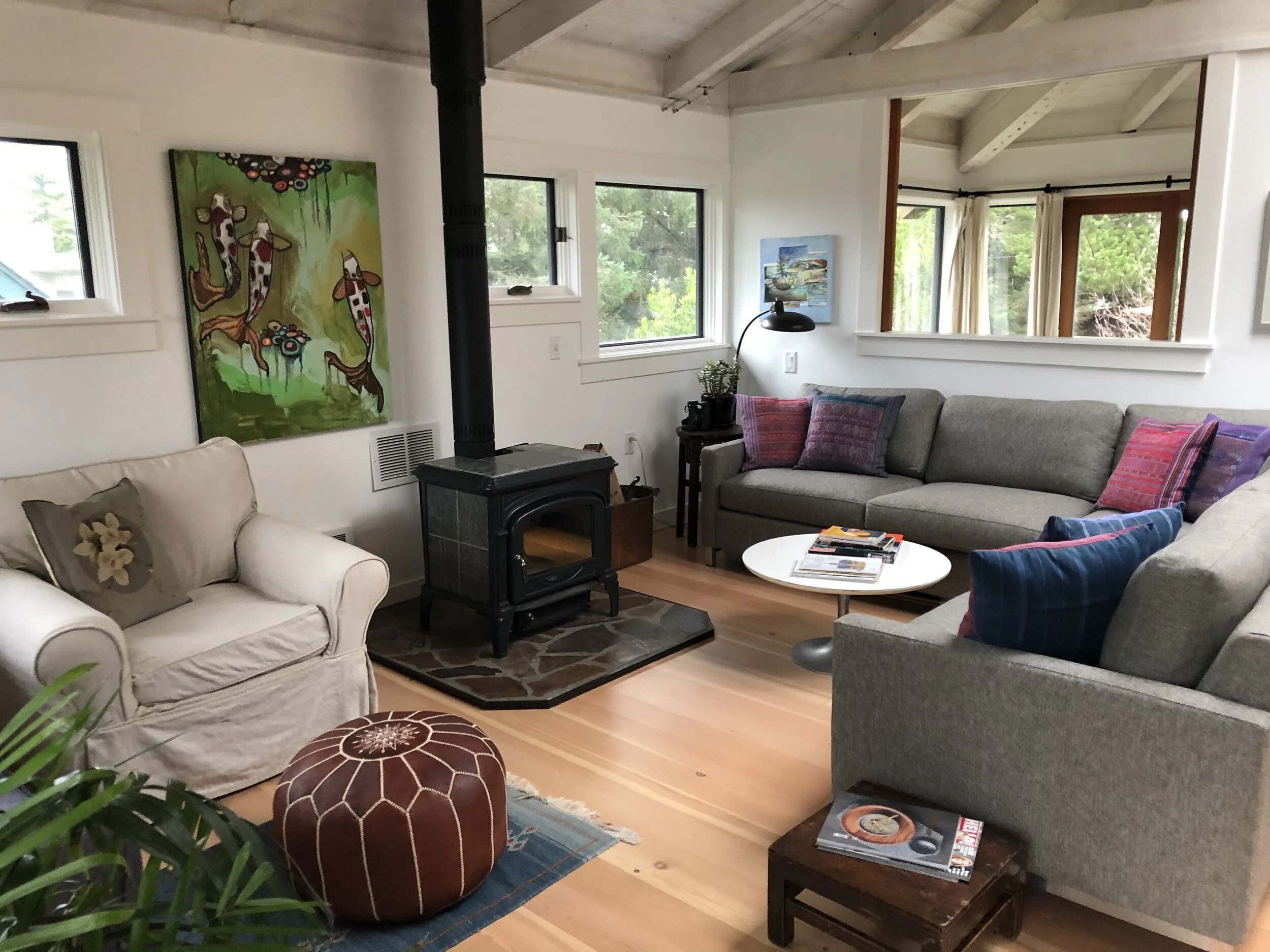Adaptive planning for home projects
/I’ve been creatively, and hopefully beautifully, restoring older homes for decades and there are some basic and timeless beliefs around what makes for good design and project planning. Be clear about the desired outcome, identify the actions, and create a work plan. Finally, put trust in your plan and implement.
Theoretically it’s an unarguably good starting point. The rub comes when inevitable bumps in the road emerge. As those bumps launch us into altitudes of discomfort we weren’t expecting, we can become disorientated and disenchanted. It’s no good reaching the door of a much-loved new home feeling like you’ve been beaten down by endless roadblocks and now need to crawl, defeated and deflated, into bed.
I’ve been reading a fascinating book, Streetlights and Shadows, with an insight in the subtitle, ‘Searching for the Keys to Adaptive Decision Making’. The author Gary Klein has spent the last thirty years studying how people make decisions. He makes a couple of really helpful points that from our perspective could easily relate to creating satisfying home refurbishment projects, as well as in the planning decisions we face each day.
Klein writes: ‘We are encouraged to control conditions as much as possible. The control-oriented mindset is best suited for well-ordered situations. In ambiguous situations [like refurbishing old homes with all sorts of surprises hidden behind layers of history], in the world of shadows, we aren’t going to be able to control everything that matters. We’re going to adapt. We should expect to adapt. The mindset I want to foster is to expect to run into problems and to prepare ourselves to recover, to be resilient. Instead of putting all our energy into preventing problems – which is unrealistic – we need a mindset of recovering from problems.’
This is a significant shift for most of us, but an essential one in home restoration. I find one of the insights I’ve learned the hard way is to be what Klein calls the ‘detectors’. This moves beyond project planning to problem anticipation and a recovery-oriented mindset.
Klein continues: ‘The point of a recovery-perspective exercise isn’t to eliminate mistakes. That’s the control mentality at work. Rather, the point is to assume that we will get disoriented. When disorientation happens, we want to understand the map to more easily recover...’
So it can be really helpful when planning projects to look closely at the places that may cause confusion, like when you move from developing the detail plan and then the contractors beginning to implement it. Or when multiple contractors will be on site at the same time. By anticipating these vulnerable points, we can be better prepared for the inevitable human glitches that emerge from every creative project.
Finally it’s worth remembering that so often with these glitches, thinking differently and recovering can lead to some of the most creative and exciting developments. With a recovery-oriented mindset, the innate problematic nature of delving into home refurbishment can suddenly become the beauty of it. Problems? Bring ’em on.
Streetlights and Shadows: Searching for the Keys to Adaptive Decision Making by Gary Klein is published by Bradford Books. Support your neighbourhood bookshop and buy locally.

